– Tournament to run across Ontario and Quebec in July; winners to be recognized at Rogers Cup this August –
TORONTO (July 2, 2015) - Rogers and Tennis Canada today announced the launch of
Mini Rogers Cup, two separate Kids Tennis tournaments taking place across Ontario and Quebec in July. With more than 1,000 under-12 players competing across the two provinces, the tournaments will provide budding young tennis stars with the chance to compete for their own title and be recognized on-site during Rogers Cup presented by National Bank in Toronto and Montreal this August.
Mini Rogers Cup will make its debut in Ontario this summer, while Quebec marks its fourth edition. This is Rogers’s first year involved in the kids’ tournament as part of its ongoing sponsorship of grassroots initiatives to help grow the game in Canada.
“Beyond our commitment to delivering innovative and engaging experiences to sports fans across the country, we are also committed to supporting young athletes learning about the game and developing their skills,” said Livia Zufferli, Senior Vice-President, Brand, Rogers. “Mini Rogers Cup is one way to encourage the tennis stars of tomorrow to build their love of the sport and play, developing into the word-class Canadian athletes we’ll see at the Rogers Cup tournament for years to come.”
Taking place throughout the month,
Mini Rogers Cup will culminate in the finals, held August 1-2 at Mayfair Parkway in Markham, ON, and August 8-9 at Olympic Park and Louis-Riel Park in Montreal. The events are being run in conjunction with the Ontario Tennis Association and Tennis Quebec.
The
Mini Rogers Cup will use two different formats in Ontario and Quebec. In Ontario, clubs will run one-day, under-12 team tournaments to select who advances into the finals. The teams will feature three girls and three boys. In Quebec, the tournament will be split into 12 regions and feature three age categories: five to six years old, seven to eight years old, and nine to 10 years old. Two boys and two girls from each age category in all regions will advance to the finals.
“In addition to offering world-class tennis and an unbeatable guest experience at Rogers Cup, our aim is to promote the sport and get more people involved,” said Karl Hale, Rogers Cup Toronto tournament director. “This is a great way to extend the reach of Rogers Cup and get kids around the province excited about tennis. It will be a pleasure to have these young talents at the tournament, and we might even be seeing a future Rogers Cup champion!”
“Mini Rogers Cup has grown in popularity over the past several years, but it will get even bigger this year because we are now going to reach kids across Quebec,” said Eugene Lapierre, Rogers Cup Montreal tournament director. “This tournament fits well with Tennis Canada’s mission and we are always happy to see more and more kids with racquets in their hands.”
A $500 National Bank Registered Education Savings Plan (RESP) will be awarded in trust to the parents or guardian of each winner. The winners will also have the chance to attend a session of Rogers Cup and be recognized on Centre Court. For more information on the Ontario tournaments, please contact the OTA:
ota@tennisontario.com, and for Quebec, please contact Jean-David Blanchet:
jd.blanchet@gmail.com.
Owned and operated by Tennis Canada, the prestigious Rogers Cup presented by National Bank attracts the biggest stars in tennis year after year. In 2015, the men’s event will be staged at Uniprix Stadium in Montreal from August 7 to 16, while the women’s event will take place at Aviva Centre in Toronto from August 8 to 16. For tickets and additional information, please visit:
rogerscup.com. Sportsnet is an official broadcaster of the 2015 Rogers Cup. Broadcast details to be announced at a later date.
Social Media Official Website, Rogers
rogers.com Follow Rogers
@Rogers Like Tennis Canada
facebook.com/TennisCanada Follow Tennis Canada
@TennisCanada Like Rogers Cup
facebook.com/TheRogersCup,
facebook.com/CoupeRogers Follow Rogers Cup
@rogerscup,
@couperogers About Rogers Cup presented by National Bank Rogers Cup presented by National Bank is a Tennis Canada owned and operated world-class tournament celebrating its 135th anniversary of the men’s event from August 7-16, 2015 at Uniprix Stadium in Montreal and its 123rd anniversary of the women’s event from August 8-16, 2015 at Aviva Centre in Toronto. As an ATP World Tour Masters 1000 tournament, Premier WTA tournament and Emirates Airline U.S. Open Series event, Rogers Cup presented by National Bank will showcase the world’s best players. Rogers Cup presented by National Bank is the third-oldest title in tennis, behind only Wimbledon and the U.S. Open. For more information and tickets visit
www.rogerscup.com.
About Tennis CanadaFounded in 1890, Tennis Canada is a non-profit, national sport association with a mission to lead the growth of tennis in Canada and a vision to become a world-leading tennis nation. We value teamwork, passion, integrity, innovation and excellence. Tennis Canada owns and operates the premier Rogers Cup presented by National Bank WTA and ATP World Tour events, eight professional ITF-sanctioned events and financially supports 15 other professional tournaments in Canada. Tennis Canada operates national junior training centres/programs in Toronto, Montreal and Vancouver. Tennis Canada is a proud member of the International Tennis Federation, the Canadian Olympic Committee, the Canadian Paralympic Committee and the International Wheelchair Tennis Association, and serves to administer, sponsor and select the teams for Davis Cup, Fed Cup, the Olympic and Paralympic Games and all wheelchair, junior and senior national teams. Tennis Canada invests its surplus into tennis development. For more information on Tennis Canada, please visit our website at www.tenniscanada.com and follow us on Facebook and Twitter.About Rogers Rogers Communications is a leading diversified public Canadian communications and media company. We are Canada's largest provider of wireless communications services and one of Canada's leading providers of cable television, high-speed Internet and telephony services to consumers and businesses. Through Rogers Media, we are engaged in radio and television broadcasting, televised shopping, magazines and trade publications, sports entertainment, and digital media. We are publicly traded on the Toronto Stock Exchange (TSX: RCI.A and RCI.B) and on the New York Stock Exchange (NYSE: RCI). For further information about the Rogers group of companies, please visit
rogers.com.
Media Contacts:
Jennifer Cram, Rogers,
jennifer.cram@rci.rogers.com, (w)
416.764.6364, (m)
416.804.1683 Sónia Brum, Rogers,
sonia.brum@rci.rogers.com, (w)
416.764.3194, (m)
647.338.7381 Nicole Watts, Tennis Canada,
nwatts@tenniscanada.com (w)
416-665-9777 ext. 4092 (m)
647-401-9112 Valérie Tétreault, Tennis Canada,
vtetreault@tenniscanada.com (w)
514-273-1515 ext. 6259 (m)
514-519-1606Rogers et Tennis Canada font équipe pour la Mini Coupe Rogers – Le tournoi se déroulera en Ontario et au Québec au mois de juillet; les gagnants seront honorés à la Coupe Rogers, en août –TORONTO (le 2 juillet 2015) - Rogers et Tennis Canada ont annoncé aujourd’hui le lancement de la
Mini Coupe Rogers, deux tournois distincts de mini-tennis qui se dérouleront en Ontario et au Québec au cours du mois de juillet. Alors que plus de 1 000 jeunes de 12 ans et moins participeront dans les deux provinces, les tournois permettront à ces futures vedettes de concourir pour un titre et d’être honorées sur le site de la Coupe Rogers présentée par Banque Nationale à Montréal et à Toronto, au mois d’août.
La
Mini Coupe Rogers fera ses débuts en Ontario cet été, tandis que le Québec présentera la quatrième édition de cette activité. Rogers participera au tournoi de mini-tennis pour la première fois dans le cadre de sa commandite envers les programmes de masse favorisant la croissance du tennis au Canada.
« Au-delà de notre engagement à offrir des expériences novatrices et attrayantes aux amateurs de sport de tout le pays, nous nous sommes également engagés à soutenir les jeunes athlètes en phase d’apprentissage et de développement », mentionnait madame Livia Zufferli, première vice-présidente de la marque de Rogers. « La Mini Coupe Rogers est une façon d’encourager les vedettes à développer leur passion pour le tennis, à jouer et à devenir les athlètes canadiens de classe mondiale que nous verrons à la Coupe Rogers dans quelques années. »
Le point culminant de la
Mini Coupe Rogers, qui aura lieu tout le mois, sera la finale les 1
er et 2 août au Mayfair Parkway, à Markham, en Ontario, et les 8 et 9 août au parc Olympique et au parc Louis-Riel, à Montréal. Ces tournois sont organisés en collaboration avec l’Ontario Tennis Association et Tennis Québec.
La
Mini Coupe Rogers adoptera des formats différents en Ontario et au Québec. Ainsi, en Ontario, les clubs organiseront des tournois d’une journée pour les 12 ans et moins pour choisir qui accédera à la finale. Les équipes seront composées de trois filles et de trois garçons. Au Québec, le tournoi sera réparti dans 12 régions et proposera trois catégories d’âge : cinq et six ans, sept et huit ans, neuf et dx ans. Deux garçons et deux filles de chaque catégorie dans chaque région accéderont à la finale.
« En plus d’offrir du tennis de classe mondial aux spectateurs de la Coupe Rogers, notre objectif est également de promouvoir le sport et de faire participer les gens », commentait Karl Hale, directeur de la Coupe Rogers de Toronto. « Ceci est une excellente façon d’élargir la portée de la Coupe Rogers et de susciter l’intérêt des jeunes de la province. Nous aurons grand plaisir à accueillir les jeunes talents au tournoi et, qui sait, peut-être applaudirons-nous un futur champion de la Coupe Rogers! »
« Au cours des dernières années, la popularité de la Mini Coupe Rogers ne cesse d’augmenter, mais ce sera encore plus grand cette année, car nous solliciterons les enfants de toute la province », se réjouissait Eugène Lapierre, directeur de la Coupe Rogers de Montréal. « Ce tournoi s’harmonise très bien avec la mission de Tennis Canada et nous sommes toujours heureux de voir de plus en plus d’enfants jouer au tennis. »
Chaque gagnant recevra un Régime enregistré d’épargne-études de 500 $ de la Banque Nationale, remis en fiducie à leurs parents ou tuteurs. Les champions auront également la chance d’assister à une séance de la Coupe Rogers et seront honorés sur le Court central. Pour obtenir plus de renseignements sur les tournois du Québec, nous vous prions de communiquer avec Jean-David Blanchet à
jd.blanchet@gmail.com. Pour ceux de l’Ontario, veuillez vous adresser à l’OTA à
ota@tennisontario.com.
La prestigieuse Coupe Rogers est un tournoi de catégorie mondiale que possède et administre Tennis Canada et qui attire chaque année la crème du tennis. En 2015, le tournoi masculin se déroulera du 7 au 16 août, au Stade Uniprix, à Montréal, tandis que le volet féminin sera disputé du 8 au 16 août au Centre Aviva, à Toronto. Pour vous procurer des billets ou pour obtenir plus de renseignements, nous vous invitons à visiter
couperogers.com. Sportsnet est un diffuseur officiel de la Coupe Rogers. L’horaire de télédiffusion sera annoncé à une date ultérieure.
Médias sociaux Site Web officiel de Rogers
rogers.com Suivez Rogers
@Rogers Aimez Tennis Canada
facebook.com/TennisCanada Suivez Tennis Canada
@TennisCanada Aimez la Coupe Rogers
facebook.com/TheRogersCup,
facebook.com/CoupeRogers Suivez la Coupe Rogers
@rogerscup,
@couperogers À propos de la Coupe Rogers présentée par Banque Nationale La Coupe Rogers présentée par Banque Nationale est un tournoi de catégorie mondiale que possède et administre Tennis Canada. Le volet féminin célébrera son 123
e anniversaire du 8 au 16 août 2015 au Centre Aviva, à Toronto, tandis que le volet masculin, qui célébrera sa 135
e année d’existence, sera disputé du 7 au 16 août 2015, au Stade Uniprix, à Montréal. En tant que tournoi du Circuit Masters 1000 de l’ATP, épreuve de catégorie Premier de la WTA et du Circuit Emirates Airline U.S. Open, la Coupe Rogers présentée par Banque Nationale mettra en vedette les meilleurs joueurs et joueuses du monde. La Coupe Rogers présentée par Banque Nationale est le troisième plus ancien tournoi de tennis après Wimbledon et les Internationaux des États-Unis. Pour obtenir plus de renseignements et pour vous procurer des billets, visitez le
www.couperogers.com.
À propos de Tennis CanadaTennis Canada, dont les origines remontent à 1890, est une organisation sportive nationale sans but lucratif dont la mission est d’assurer la croissance du tennis au Canda et la vision est de devenir un chef de file mondial au tennis. Nous valorisons le travail d’équipe, la passion, l’intégrité, l’innovation et l’excellence. Tennis Canada possède et administre deux des plus prestigieux tournois de l’ATP et du WTA Tour; les volets masculin et féminin de la Coupe Rogers présentée par Banque Nationale, huit tournois professionnels sanctionnés par l’ITF et soutient financièrement 15 autres tournois professionnels au Canada. Tennis Canada administre des centres nationaux de tennis à Toronto, Montréal et Vancouver. Tennis Canada est membre de la Fédération internationale de tennis, du Comité olympique canadien, du Comité paralympique canadien et de l’Association internationale de tennis en fauteuil roulant. De plus, Tennis Canada administre, commandite et choisit des équipes pour la Coupe Davis, la Fed Cup, les Jeux olympiques et paralympiques et forme des équipes nationales pour les juniors, les vétérans et les joueurs de tennis en fauteuil roulant. Tennis Canada investit ses excédents budgétaires dans le développement du tennis. Pour obtenir plus amples renseignements sur Tennis Canada, visitez notre site web au www.tenniscanada.com et suivez-nous sur Facebook et sur Twitter.À propos de Rogers Rogers Communications est une société canadienne ouverte diversifiée et un chef de file œuvrant dans l’industrie des communications et des médias. Elle est le plus important fournisseur de services de communications sans fil, et l’un des plus importants fournisseurs canadiens de services de télévision par câble, d’Internet haute vitesse et de téléphonie destinés au grand public et aux entreprises. Par l’intermédiaire de Rogers Média, elle est active dans l’industrie de la radiodiffusion, de la télédiffusion, du téléachat, de l’édition (magazines grand public et revues spécialisées), du divertissement sportif et des médias numériques. Rogers est inscrite à la Bourse de Toronto (TSX) sous les symboles RCI.a et RCI.b et à la bourse de New York (NYSE) sous le symbole RCI. Pour en savoir davantage sur Rogers et les sociétés de son groupe, consultez
rogers.com.
Renseignements Jennifer Cram, Rogers,
jennifer.cram@rci.rogers.com, (b)
416.764.6364, (c)
416.804.1683 Sónia Brum, Rogers,
sonia.brum@rci.rogers.com, (b)
416.764.3194, (c)
647.338.7381 Nicole Watts, Tennis Canada,
nwatts@tenniscanada.com (b)
416-665-9777, poste 4092 (c) 647-401-9112
Valérie Tétreault, Tennis Canada,
vtetreault@tenniscanada.com (b)
514-273-1515, poste. 6259 (c) 514-519-1606







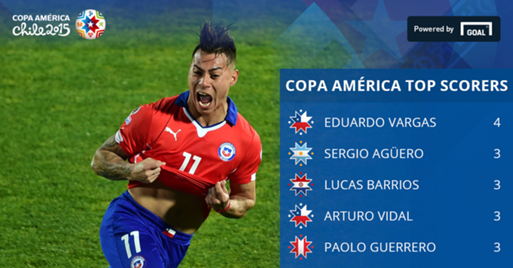
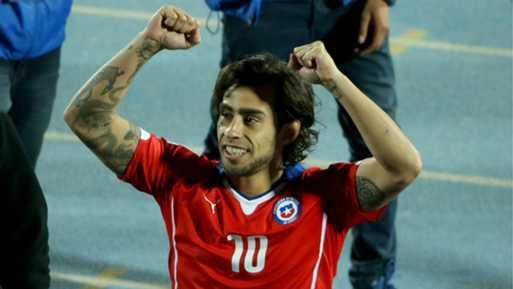
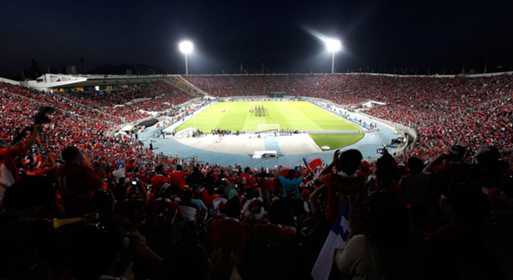
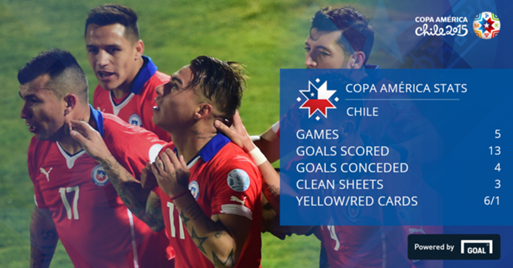
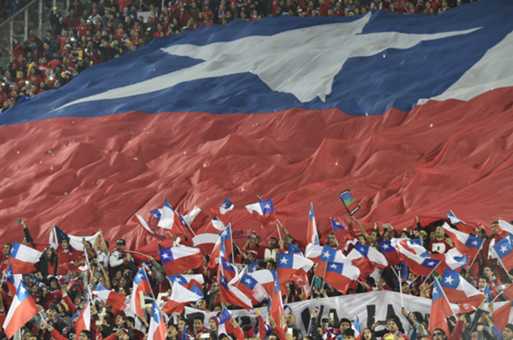
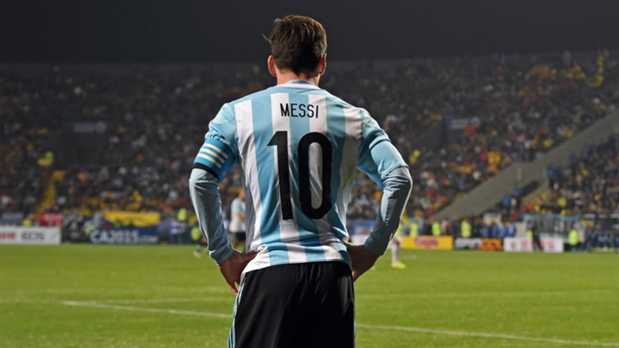
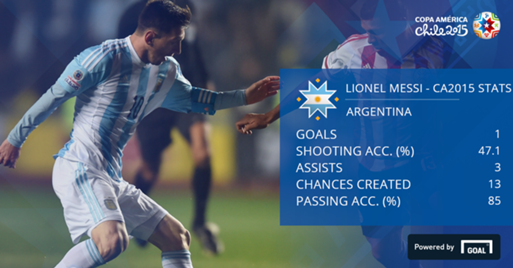
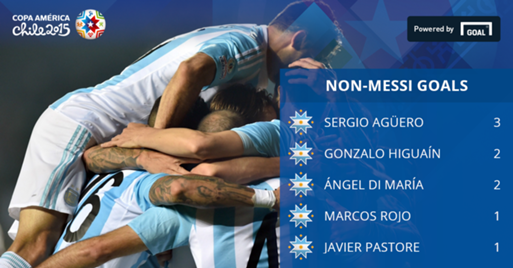
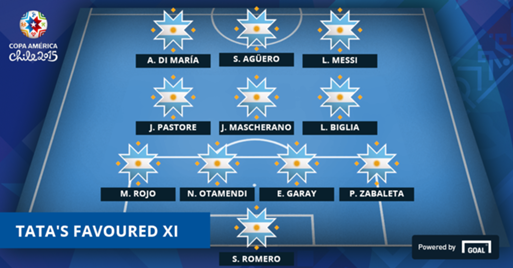










Comments